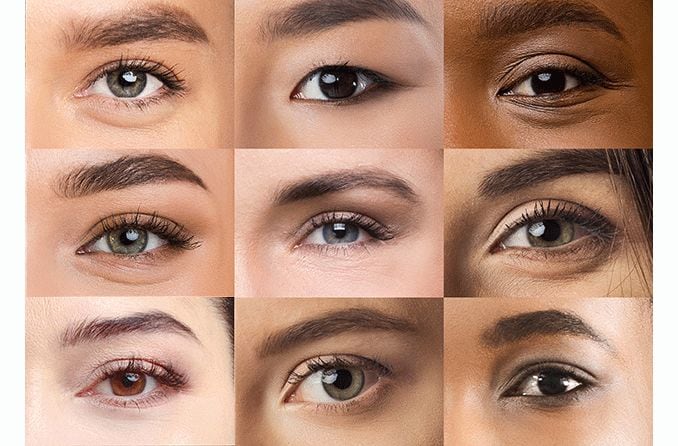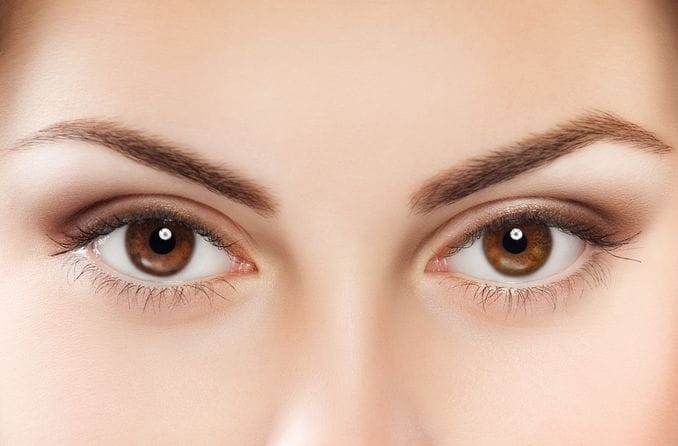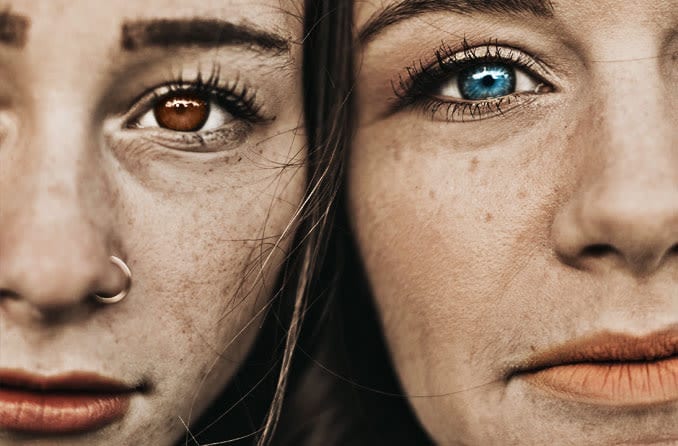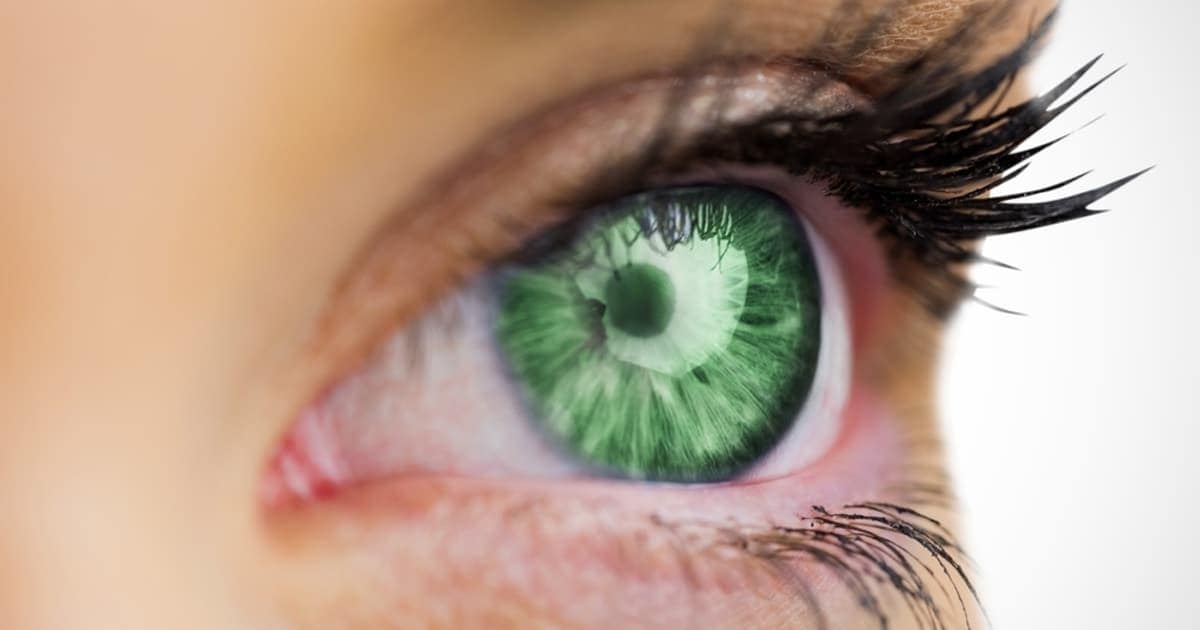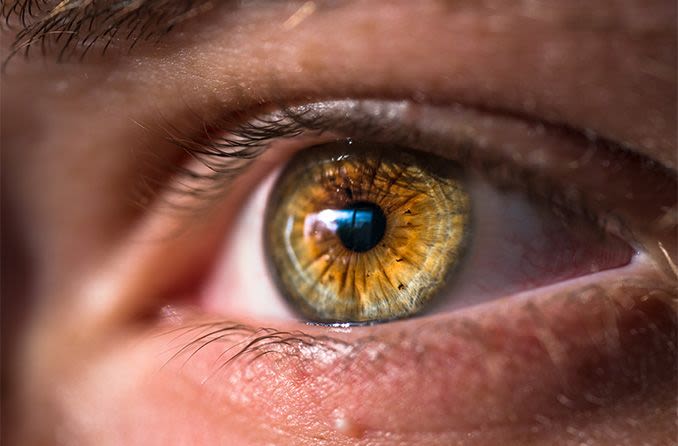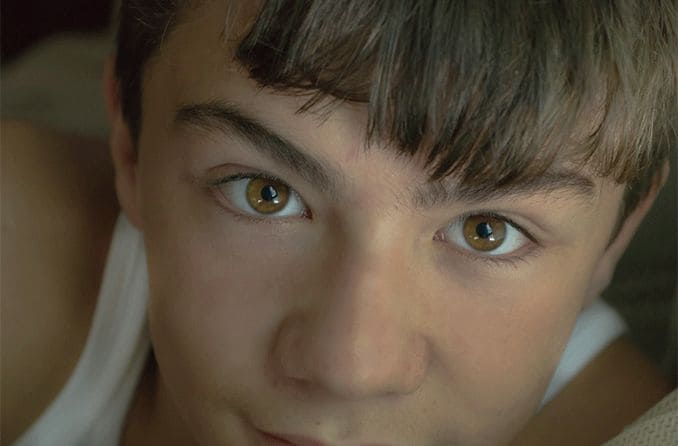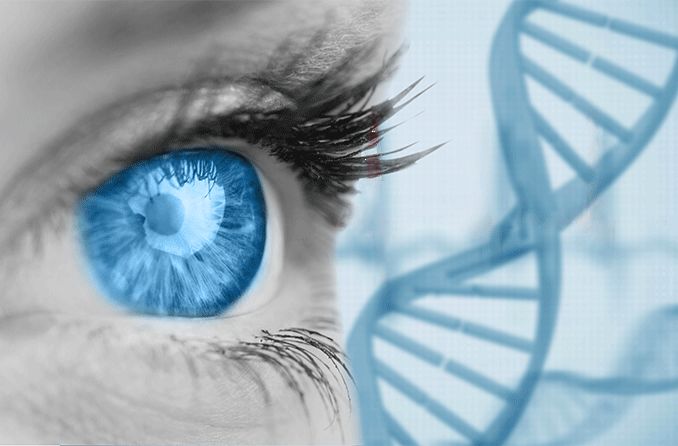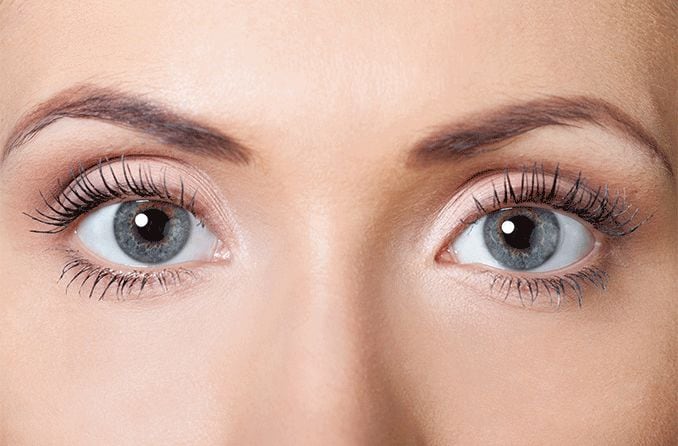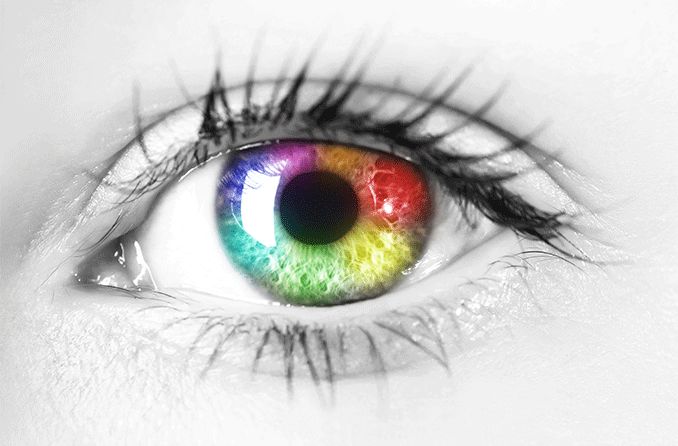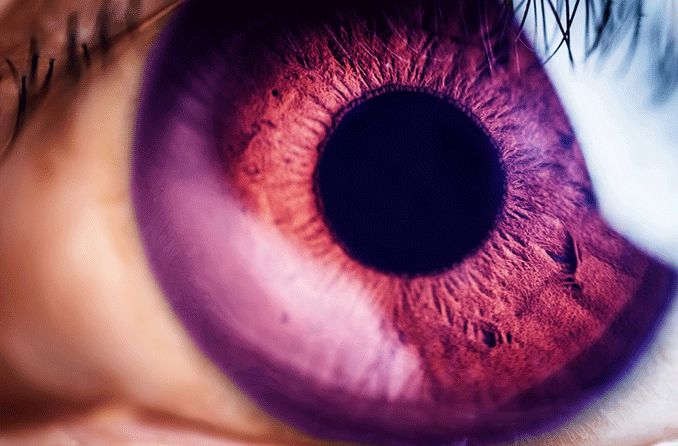About half as many Americans have blue eyes as brown eyes. Worldwide, fewer than 9% of people have blue eyes. Blue eyes aren’t even actually blue. Rather than including a blue pigment, they actually just lack the pigment that makes eyes brown.
5 things you might not know about blue eyes

1. Everyone with blue eyes is related
Between 6,000 and 10,000 years ago, a baby was born in Europe with a harmless genetic mutation. That little DNA blip was blue eye color, according to researchers at the University of Copenhagen.
As far as researchers can tell, this was the first blue-eyed person, and everyone who has blue eyes today is a (very) distant relative of this ancient human.
“Originally, we all had brown eyes,” said Hans Eiberg, associate professor in the Department of Cellular and Molecular Medicine at the university.
“But a genetic mutation affecting the OCA2 gene in our chromosomes resulted in the creation of a ‘switch,’ which literally turned off the ability to produce brown eyes.”
Eye color depends on how much of a pigment called melanin lives in the iris of the eye. Melanin is also responsible for the color of our skin, eyes and hair.
This genetic switch limits how much melanin is produced in the iris — effectively “diluting” dark brown eyes to a shade of light eyes, like blue.
In addition to having significantly less melanin in their irises than people with brown eyes, hazel eyes or green eyes, blue-eyed individuals don’t have very much variation in the part of their DNA responsible for melanin production.
Brown-eyed individuals, on the other hand, have a lot more variation.
“From this we can conclude that all blue-eyed individuals are linked to the same ancestor,” said Eiberg. “They have all inherited the same switch at exactly the same spot in their DNA.”
Do you have blue eyes?
While it's a very rare type of cancer, people with blue eyes are at higher risk of developing ocular uveal melanoma. Plus, although this cancer is extremely rare, light-eyed folks are also more susceptible to sun damage from exposure to UV rays.
So keep in mind, if you want to protect and preserve those baby blues, you need to keep up with routine eye exams. Schedule an appointment with a local eye doctor today!
2. Blue eyes aren’t actually blue
Blue eye color is determined by melanin, and melanin is actually brown by nature.
The color of our eyes depends on how much melanin is present in the iris. Brown eyes have the highest amount of melanin in the iris, and blue eyes have the least.
Brown melanin is the only pigment that exists in the eye; there is no pigment for hazel or green — or blue. Eyes only appear to be these colors because of the way light strikes the layers of the iris and reflects back toward the viewer.
SEE RELATED: Is blue the rarest eye color?
3. You can’t predict if a child will have blue eyes
At one time, it was believed that eye color, blue eyes included, was a simple genetic trait. Common knowledge said that you could predict a child’s eye color if you knew the color of their parents’ eyes, and possibly the color of their grandparents’ eyes.
Or so we thought.
Geneticists now know that as many as 16 different genes influence eye color to some degree — far from the one or two genes that were once believed to determine iris hue.
In addition to genetics, the anatomic structure of the iris can also affect eye color to some degree.
In other words, it’s impossible to know for sure if your children will have blue eyes — or any other color. Both parents may have icy blue eyes, but that’s no guarantee their child’s eyes will even be blue at all.
4. Blue eyes at birth doesn’t mean blue eyes for life
Human eyes don’t have their full amount of melanin pigment at birth. This is why many babies are born with blue eyes, only to have their eye color change as their irises develop more melanin throughout early childhood.
So don’t be concerned if your child begins to lose their baby-blue eye color. It’s completely normal to see blue become brown, hazel, or even green as they get a little older.
This color transition can take anywhere from a few months to three years to run its course.
SEE RELATED: How color contact lenses can make anyone’s eyes blue
5. Blue eyes come with a few risks
Melanin in the iris appears to help protect the back of the eye (retina) from damage caused by the UV radiation that comes from the sun.
Because blue eyes contain less melanin than most other eye colors, they may be more at risk of certain damage.
Research has shown that lighter iris colors are associated with:
A higher risk of ocular uveal melanoma (a type of eye cancer)
A lower risk of developing cataracts
No difference in the risk of developing age-related macular degeneration
Since many people with blue eye color are more sensitive to light and may have a higher risk of retinal damage from UV rays, eye doctors often recommend that people with blue eyes be a little more cautious about their exposure to sunlight.
Eye damage from UV and blue light appears to be related to your lifetime exposure to these rays, so wearing sunglasses that block 100% UV should start during childhood, when possible.
Photochromic lenses are another way to protect blue eyes from UV radiation. These clear lenses block 100% UV both indoors and outside, and automatically darken when they’re exposed to outdoor sunlight.
READ NEXT: Eye color change surgery
